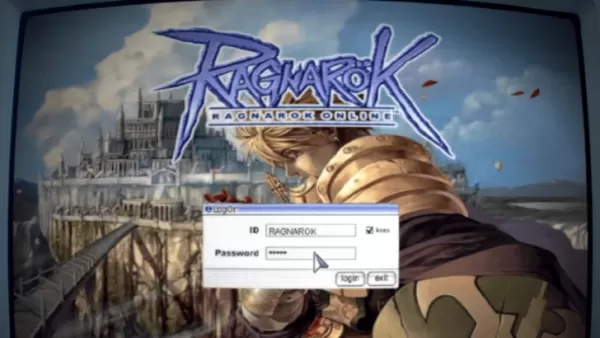Tempest Rising: A Nostalgic RTS Masterpiece
From the moment I launched the Tempest Rising demo, I was hooked. The opening cinematic, complete with cheesy dialogue from heavily armored soldiers and a nervous scientist, instantly brought a smile to my face. The music, UI, and units perfectly captured the essence of my high school days, spent late nights playing Command & Conquer with friends, fueled by energy drinks and sheer determination. This modern take on a classic RTS is a blast from the past, and I'm eager to see what Slipgate Ironworks has planned for the full release. Whether battling bots with surprisingly intelligent AI or engaging in ranked multiplayer, Tempest Rising felt incredibly familiar and comfortable.
This nostalgic feeling is no coincidence. The developers explicitly aimed to create an RTS reminiscent of 90s and 2000s classics, enhanced with modern quality-of-life improvements. Set in an alternate 1997, following a devastating World War 3 sparked by the Cuban Missile Crisis, the game introduces strange, energy-rich vines as a new power source.
Tempest Rising Screenshots

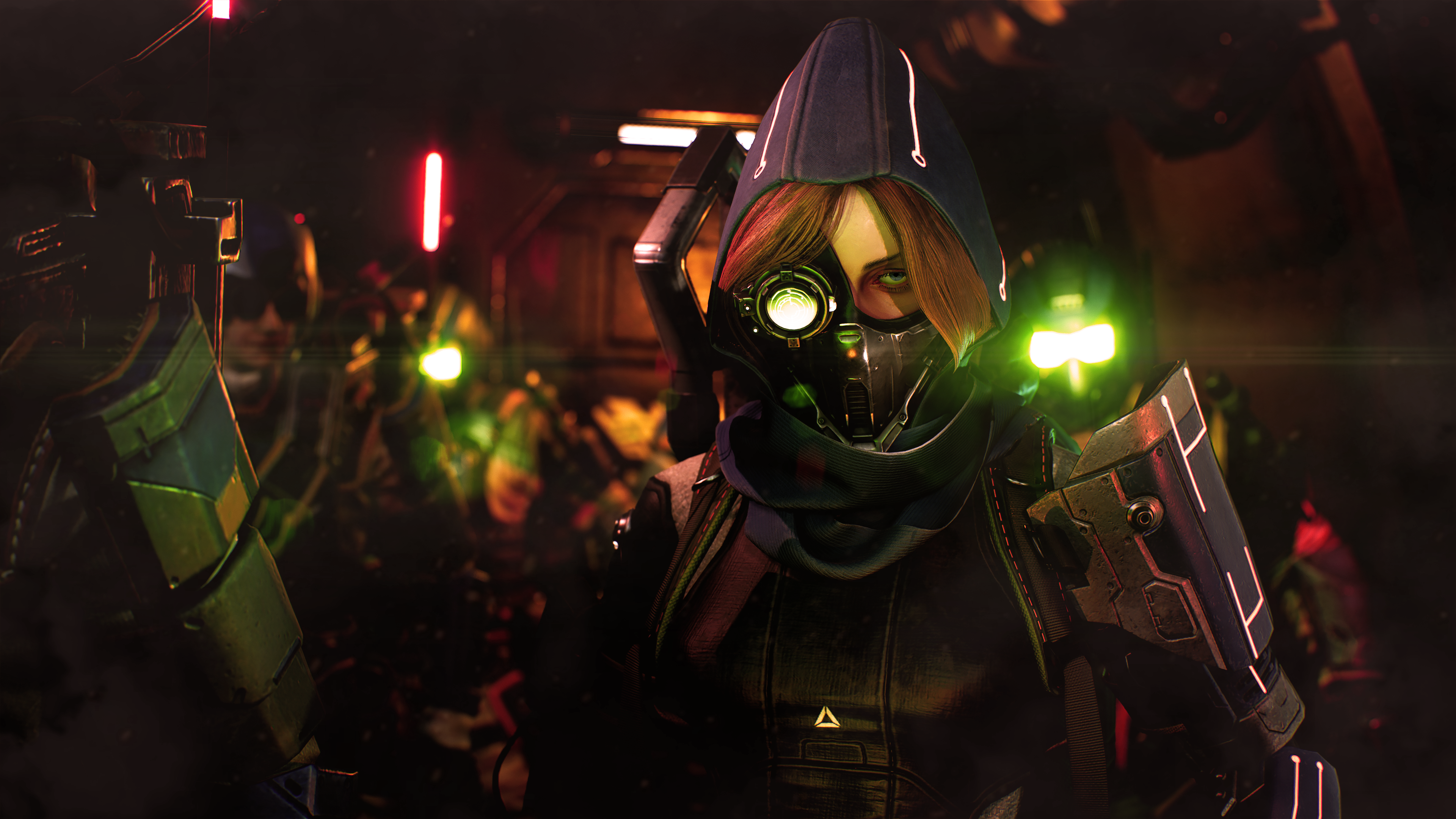 8 Images
8 Images
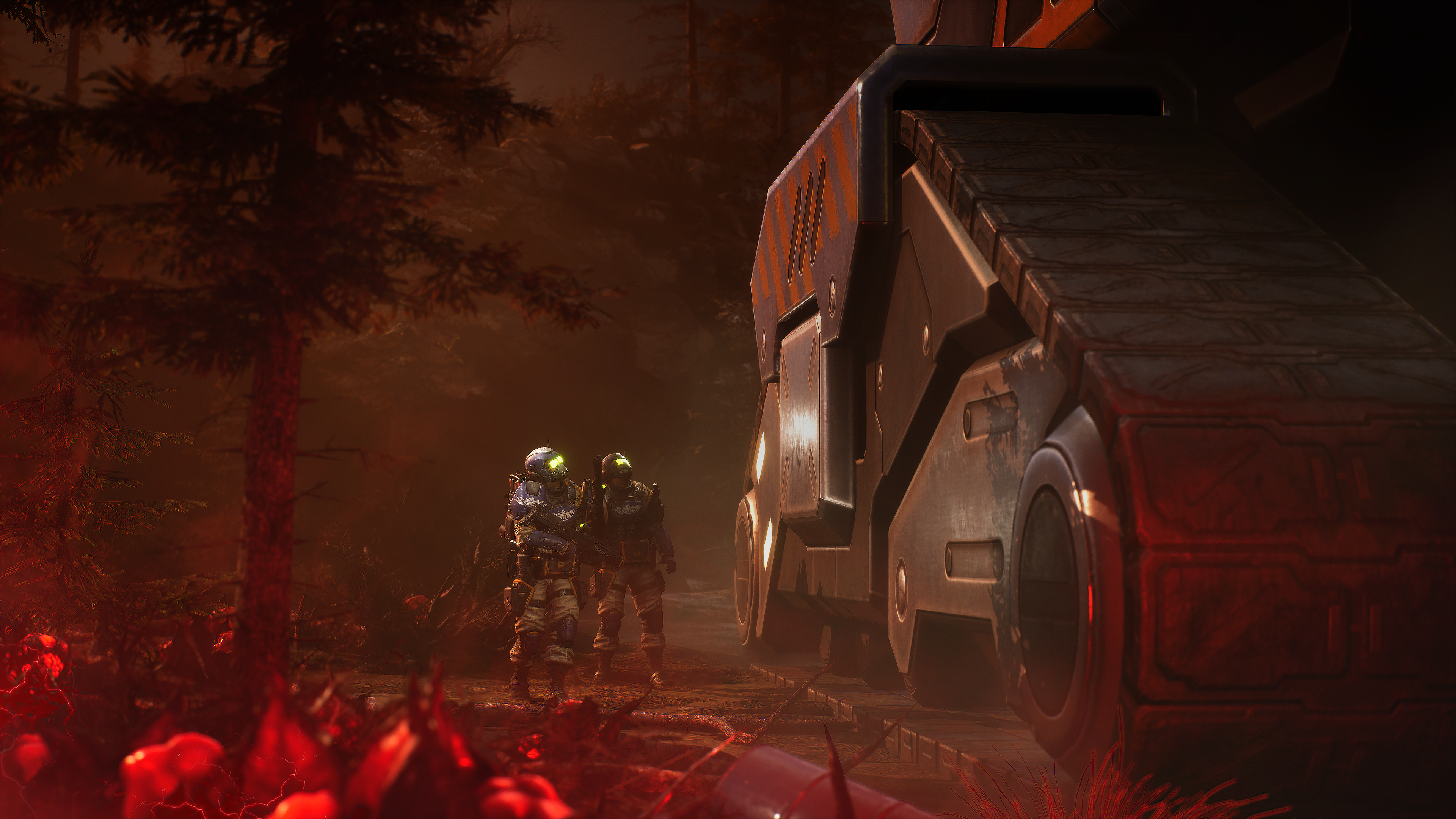
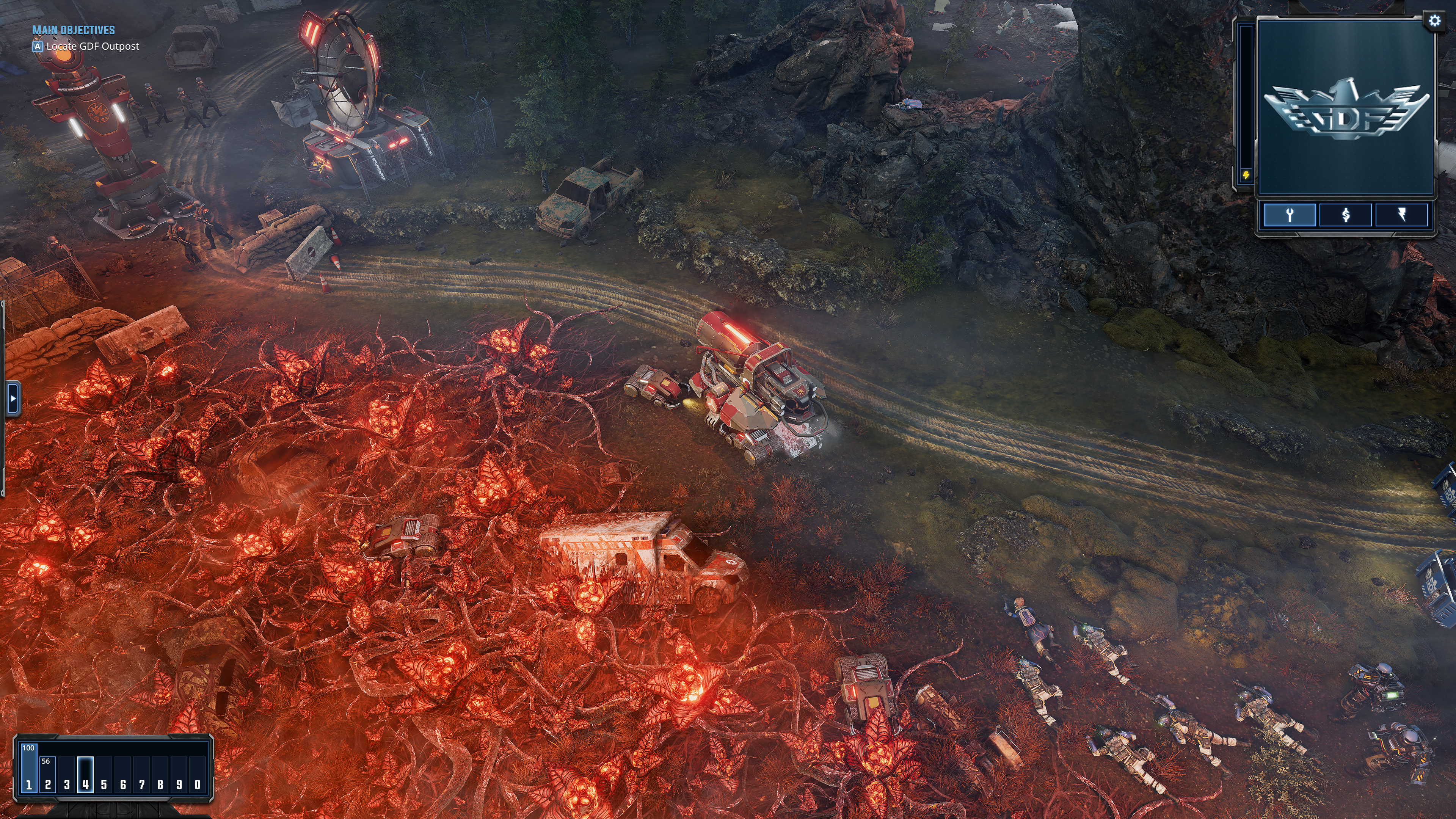
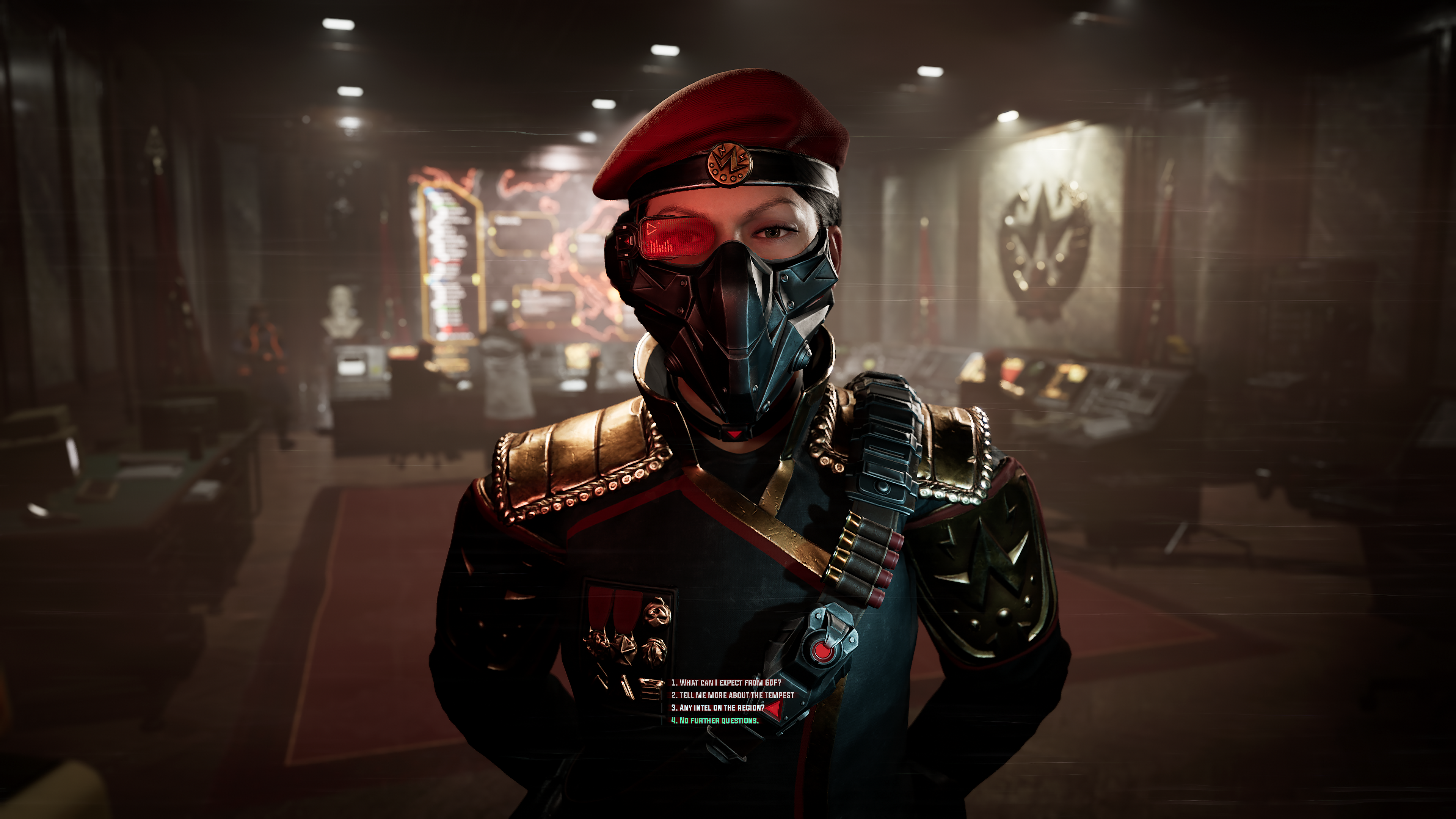
The demo focused solely on multiplayer, leaving the story mode a mystery for now. However, it promises two replayable 11-mission campaigns, one for each main faction: the Tempest Dynasty (TD) and the Global Defense Forces (GDF). A third faction remains undisclosed.
The Tempest Dynasty immediately captivated me, largely due to the hilariously destructive Tempest Sphere, a rolling death machine that obliterates infantry. The Dynasty also utilizes "Plans," faction-wide bonuses activated through the Construction Yard. These Plans, with a short cooldown, offer strategic flexibility.
The Logistics Plan boosts construction and resource gathering; the Martial Plan enhances unit attack speed and provides explosive resistance; and the Security Plan reduces unit and building costs, improves repair, and expands radar range. Switching between these Plans created a dynamic and engaging gameplay loop.
This adaptability extends to resource management. Unlike the GDF's stationary refineries, the TD uses mobile Tempest Rigs, allowing for flexible resource harvesting and expansion. This made rapid expansion incredibly easy and effective.
The Salvage Van, a unique unit, can repair or, in Salvage Mode, destroy enemy vehicles, reclaiming resources. This sneaky tactic proved highly effective. Power plants can also switch to Distribution Mode, boosting nearby building construction and attack speed at the cost of taking damage—a calculated risk for a significant advantage.
While I favored the TD, the GDF offers a compelling alternative, focusing on buffing allies, debuffing enemies, and battlefield control. The Marking mechanic, combined with Doctrine upgrades, creates potent synergies.
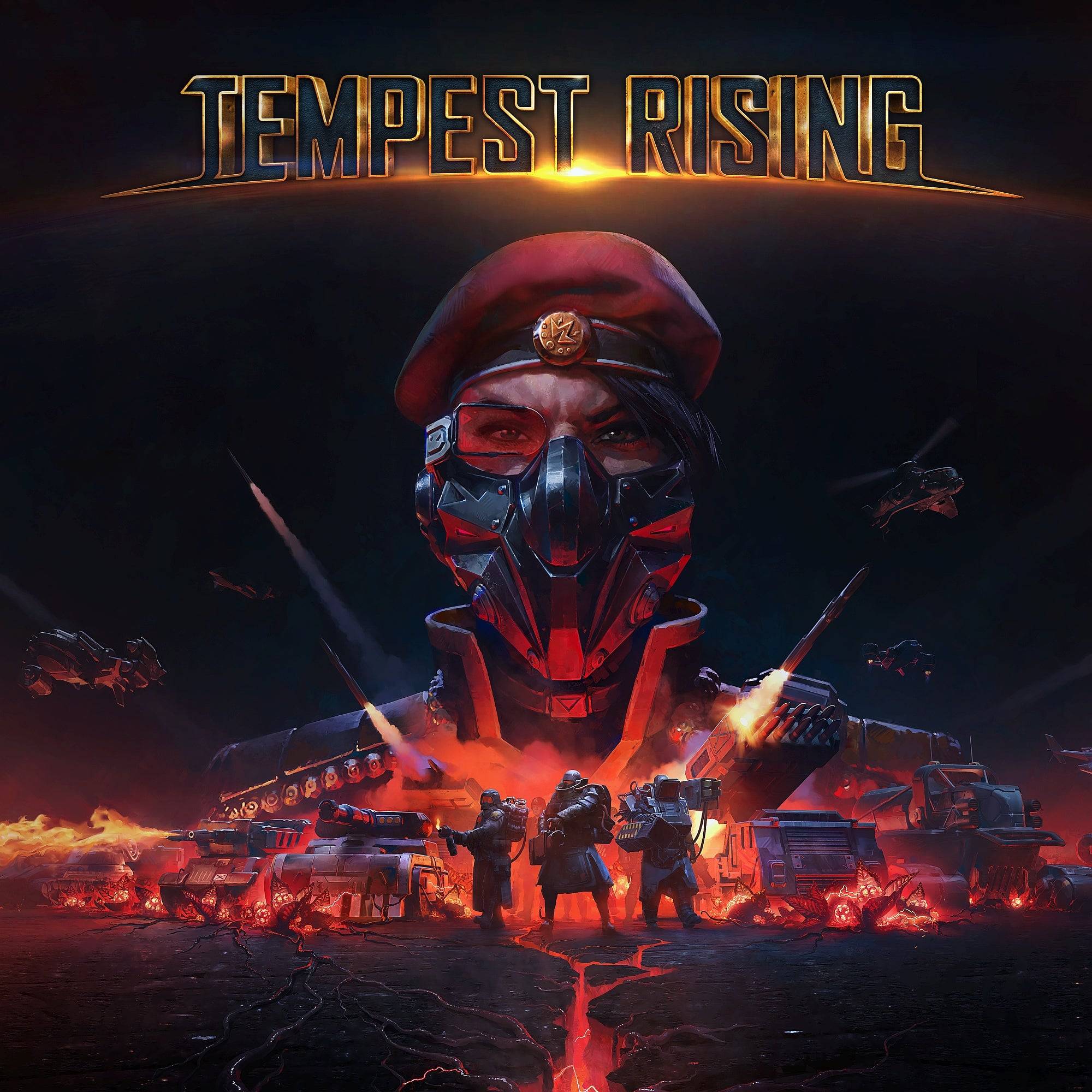 Tempest Rising3D Realms Wishlist
Tempest Rising3D Realms Wishlist
Both factions boast three tech trees and unique cooldown abilities, adding depth and strategic variety. The GDF's spy drones, beacon deployment, and vehicle immobilization abilities are particularly noteworthy. The TD's Lockdown ability prevents enemy takeovers, and the Field Infirmary provides crucial battlefield healing.
The launch version's custom lobbies promise even more fun, allowing teamwork against challenging AI opponents. Until then, I'll continue my solo campaign, crushing bots with my army of death balls.

